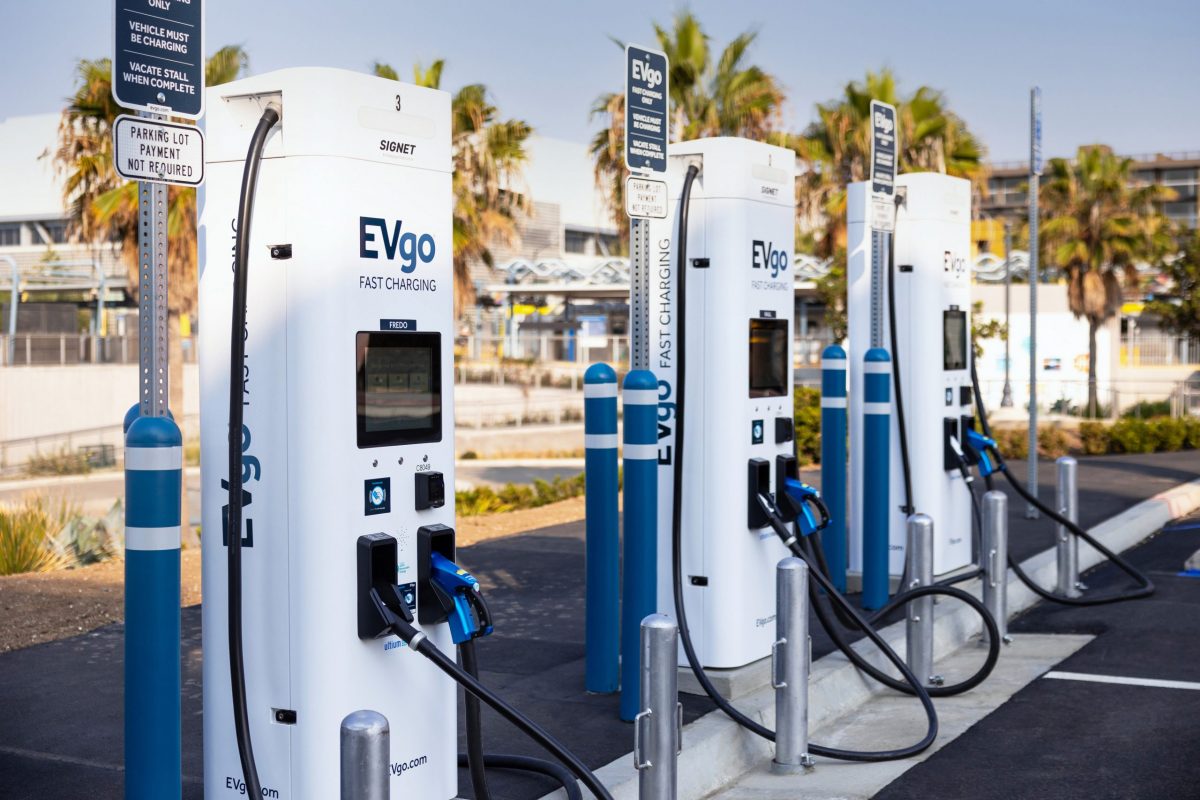 Today, the global automotive industry is experiencing an unprecedented era of transformation – with changes occurring in areas well beyond the technologies that make vehicles go, turn, and stop. The conventional vehicle powertrain is going through a revolution in North America and Europe, where greenhouse gas emissions standards mean that the majority of vehicles sold will have some level of electrification by 2024. Vehicles will be increasingly connected to each other and to infrastructure, and they will have some level of automated driving capability.
Today, the global automotive industry is experiencing an unprecedented era of transformation – with changes occurring in areas well beyond the technologies that make vehicles go, turn, and stop. The conventional vehicle powertrain is going through a revolution in North America and Europe, where greenhouse gas emissions standards mean that the majority of vehicles sold will have some level of electrification by 2024. Vehicles will be increasingly connected to each other and to infrastructure, and they will have some level of automated driving capability.
The way in which consumers purchase new vehicles is also changing, particularly in the United States. Unsurprisingly, Tesla Motors is at the forefront. Just as Tesla has proven that the battery electric vehicle (BEV) can be fully performance competitive with traditional internal combustion engine (ICE) vehicles, the startup’s decision to bypass the franchised dealer system has the potential to be a real boon to consumers.
In the early years of the industry, independent dealers provided a valuable benefit to nascent OEMs by providing a buffer between the factory and the consumer. Dealers provided cash flow to manufacturers as vehicles were delivered and then took their profits on the sales markup and services to consumers. Over time, these increasingly wealthy, locally-owned businesses influenced US state franchise laws that entrenched their position in the automotive ecosystem by preventing the manufacturers from selling directly to consumers.

The state-level bans on direct sales by manufacturers have restricted the ability of these companies to experiment with innovations in how new vehicles are sold. Traditionally, dealership sales staff have worked at least in part on commission, so they have a financial incentive to move customers through the sales process as quickly as possible. That wasn’t always such a bad thing, but since new vehicles and the decisions required of consumers have become more complex, some additional hand-holding is required at the retail level. The absence of this extra attention is likely playing a part in consumers’ quality perceptions and lower-than-anticipated sales of vehicles with electrified powertrains.
Customers today enter dealerships armed with information and are often more knowledgeable on vehicle features than the sales staff. Rapid turnover among dealership sales staff exacerbates this problem, as the staff have little time to become familiar with all the features of a brand’s models. They are more likely to know about the models that sell the most – and through the next decade, these will still be models based primarily on the ICE, although with increasing levels of stop-start capability or hybridisation. Navigant Research expects plug-in electric vehicles (PEVs) to account for less than 10% of US annual light duty vehicles sales in 2024. Moreover, reportedly, it takes more of the salesperson’s time to sell a PEV than a conventional car. And PEVs don’t offer the same post-sales revenue opportunities that dealerships currently count on, since these vehicles require less service and maintenance than ICEs.

As it is currently designed, the traditional dealership model may have a detrimental effect on sales of electrified vehicles. PEVs, including both plug-in hybrid and battery electric versions, can be a great fit for many customers’ lifestyles. Many drivers, especially those living in single-family homes or with shorter commutes, will find the low operating costs and reduced service requirements of a PEV hugely beneficial. However, if a salesperson isn’t willing or able to take the time to listen to what a customer needs and then educate them on the pros and cons of the available options, that customer is more likely to just drive off with what they already know.
Tesla learned this lesson early by watching Apple’s retail store success. Apple created a network of stores with trained staff that could guide customers to the right product and then provide both training and support after the sale. In 2007, more than a year before delivering the first Roadster to a customer, Tesla announced that it would follow a similar model with company-owned stores and staff that would guide customers through the purchase. With a much more limited product lineup than most other OEMs, Tesla can implement this model more easily than an incumbent.
OEMs are highly motivated to sell PEVs, as they are a critical component to meeting federal fuel economy and greenhouse gas emissions standards. If US states were to allow manufacturers to start selling directly to consumers, at least on a limited basis, all automotive industry players could learn how to serve customers better, put them into the vehicles that will best serve their needs, and support greater PEV sales.
Sam Abuelsamid and Lisa Jerram



